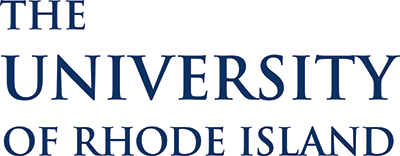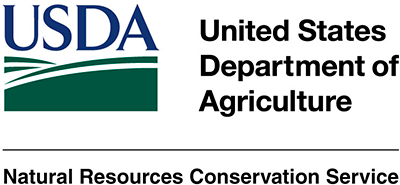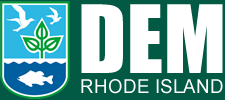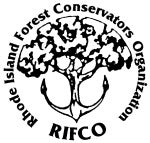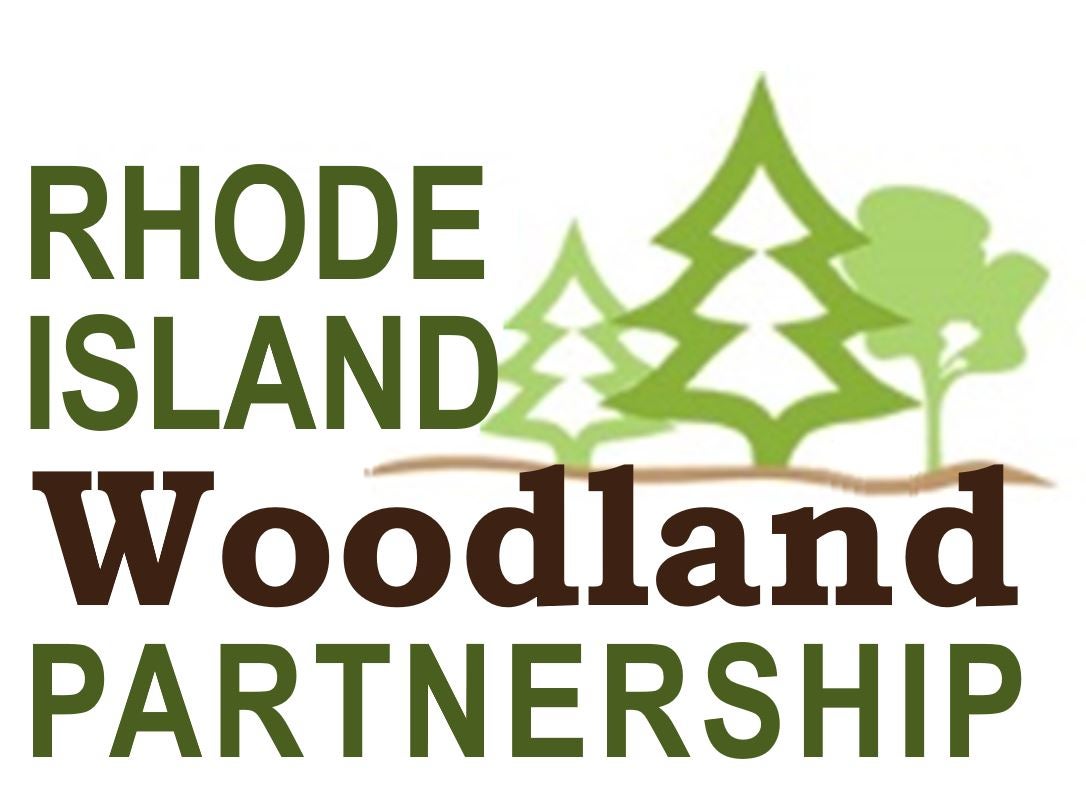Sometimes the production of traditional forest products (logs, firewood, etc.) isn’t feasible or preferred. In this case, there are alternatives to consider. The most important thing is to find a product that is suitable for your site.
The following alternative forest products have been identified by The Rhode Island Rural Lands Coalition and the Rhode Island Department of Environmental Management as having potential for Rhode Island landowners: maple syrup, wild or cultivated mushrooms, witch hazel, ginseng, floral greenery, recreation, and specialty wood products. Things to consider when choosing an alternative forest product:
- What are the start-up costs?
- Will you produce it for your family or as a marketable product?
- How much will you have to produce to be profitable?
- Are there any special considerations or legal issues associated with this product?
For more information about alternative forest products in Rhode Island, contact a Rhode Island Service Forester for assistance, or see Fact Sheet 10 or Alternative Forest Businesses.
Agroforestry
The term agroforestry encompasses many alternative forest products, but also includes practices such as silvopasture, alley cropping, windbreaks, and riparian forest buffers. Agroforestry is intensive land management combining trees with crops or livestock to increase ecological, financial and social benefits. This entails either trees or woody vegetation grown in agricultural fields, or livestock or crops introduced into forested areas. Agroforestry is a flexible and innovative way to optimize land use for profit and ecological conservation in ways specific to each landowner’s particular needs. Agroforestry uses a combination of agricultural and forestry practices to strategically place trees, crops, and livestock in a system that is more profitable and ecologically resilient than any single practice alone.
Silvopasture
Silvopasture management creates a foraging environment for livestock under a forest canopy. In this system, both the trees (nut, fruit, timber, or Christmas trees) and livestock or understory fodder are profitable. Managing a silvopasture system includes rotationally grazing livestock, maintaining forage, and pruning and protecting trees. The forest’s livestock carrying capacity must be taken into account when calculating stocking rates and grazing rotations. To create a silvopasture system, overstory trees are thinned to increase light levels in the understory. Alternatively, trees can be planted in a pasture and protected from livestock until they are mature. Silvopasture is historically practiced in the southern or western regions of the United States, mainly because the species common to plantations grow well in these areas. Shade from trees provides protection from climatic extremes for livestock, a lengthened grazing season for the livestock, and improved forage quality. Livestock used in silvopasture systems include cattle, goats, sheep, llamas, ducks and geese.
Alley Cropping
Alley Cropping is the practice of growing agricultural crops in between rows of trees, where the crops provide regular short-term income and the trees provide intermittent long-term profits. Alley cropping systems can vary by species planted, row layout, and space between row trees and crops. Rows are spaced wider to allow for shade intolerant species; however, as the row trees grow, the landowner may need to grow more shade tolerant species or prune the trees to maintain sufficient light levels for the crops planted.
Windbreaks
Windbreaks are rows of trees strategically placed to shelter crops, livestock, or structures on a farm. The physical barrier provided by rows of trees benefits the crops and livestock by decreasing wind stress and increasing water-use efficiency. They also protect farm building and decrease heating costs by up to 30%. In addition, increases in species diversity as a result of diversified ecosystems have the potential to increase predators for pests and decrease reliance on chemical pesticides. Planting multiple rows of trees allows a portion of each windbreak to be harvested without decreasing the benefits from the windbreaks. Optimal windbreak density is different for livestock versus crop protection. Height and density also vary based on wind direction and area requiring protection. Profitable trees planted within windbreaks could include nut, fruit or timber trees.
Riparian Forest Buffers
Riparian forest buffer systems are planted or managed forested strips that provide physical barriers between agricultural lands and waterways. The buffer reduces any potential run-off from agricultural fields as well as providing ecological functions like increased biodiversity, decreased erosion, and improved aquatic habitats. The trees in a riparian forest buffer can be managed for products such as food, herbs, timber, bioenergy feedstock or other specialty products. Often, there is an unmanaged area nearest to the waterway, bordered by a managed forest and managed grass and forb zone closer to the agricultural field. The unmanaged zone provides ultimate protection of the waterway, while the managed areas include species planted for harvest, resulting in a profitable and sustainable agroforestry system.
Forest Farming
Significant amounts of non-timber forest products are harvested from wild forests annually; however, forest managers have questioned the sustainability of harvesting these products without a plan. By creating an agroforestry system to manage non-timber forest products, yields will likely increase while maintaining sustainable forest ecosystems.
In forest farming systems, specialty crops are cultivated under a forest canopy. The forest is managed for timber, nuts or fruit, while species are grown in the understory for food, medicinal plants, or specialty wood products. The overstory is managed to create appropriate light conditions in the understory for the selected crops. Often, more than one specialty crop with similar light conditions are grown in the understory. There are three main categories of forest farming products: food, medicinal plants, and ornamentals.
Foods grown in the understory include ostrich ferns (fiddle heads), mushrooms, maple syrup, honey and bamboo. Medicinal plants harvested from the understory include ginseng, bamboo, black and blue cohosh, goldenrod, witch hazel, slippery elm, and sassafras. Specialty wood products harvested from a forest farm include charcoal, wood for woodworking or fence posts, wood and vines for crafts, and bamboo. In the overstory, fruit or nut trees grown for harvest include persimmon, hazelnut, walnut, pine nut, or pawpaw.
Mushrooms are often grown in forest farms with high shade because they grow on logs, making them less dependent on site characteristics such as soil pH, moisture and drainage. A variety of mushrooms can be grown under a forest canopy. One of the most common varieties grown in an agroforestry system is shiitake mushrooms. Growing shiitake mushrooms requires high shade and wind protection, but a small amount of acreage, making it ideal for small landowners who are interested in managing their forested areas. In addition, lion’s mane, hen of the woods, and wine-cap mushrooms can be grown and harvested under a forest canopy.
The specific climate and habitat specifications in the Northeast have made maple syrup a unique product in this region for hundreds of years. A ‘sugar bush’, as stands of sugar maple trees are commonly called, provide the annually profitable product of maple syrup and sugar, while the maturing trees provide a more long-term timber product and the forest ecosystem provides social benefits including carbon storage, nutrient cycling and wildlife habitat. Maple syrup production involves managing the forest, sap collection, processing and packaging the syrup and sugar to sell.
Growing medicinal plants usually requires a shaded forest overstory with specific soil characteristics unique to each species. Medicinal plants are commonly harvested for their roots, leaves or bark, and are sold by the pound dry weight to a distributer. American Ginseng (Panax quinquefolius), the most profitable herb cultivated in forest farms, is a perennial herb that produces a valuable root. It is typically found in cool, moist, densely shaded deciduous forests with well-drained, calcium-rich soils in the Eastern United States. The plant takes 8-12 years to reach a harvestable state, and it must be sold to a licensed dealer. Other medicinal plants commonly harvested in an agroforestry practice include black cohosh, witch hazel, and goldenrod.
Floral greenery is produced in the Northeast for florist and local specialty stores annually. Greens such as conifer boughs are used to make wreaths and garlands, primarily during holiday times at the end of the year. Other forest greens, such as holly and mountain laurel can be used as craft items or in bouquets. Craft items, such as wooden bowls and spoon, furniture, candles, jewelry and walking sticks, are produced in the Northeast and sold at specialty stores and farm markets.

